KtoA 4.3.7.0 - Arnold for Katana
13 Feb 2025
KtoA 4.3.7.0 uses Arnold 7.3.7.0 and is a feature release with improved transmission, improved global light sampling, OpenVDB points rendering, and Katana 7.5 and 8.0 support.
Installation
- Download the Arnold for Katana plugin
- Follow these installation instructions
Enhancements
Katana 7.5 and 8.0 Support: KtoA is now available for Katana 7.5 and 8.0 release series. (KTOA-1062)
Improved, more realistic shadows for glass objects: Transparent objects like clear glass now cast shadows. The look of the shadow is controlled by the new transmission_shadow_density parameter on the
openpbr_surfaceand thestandard_surfaceshaders. (ARNOLD-6881, ARNOLD-15863, ARNOLD-15828)
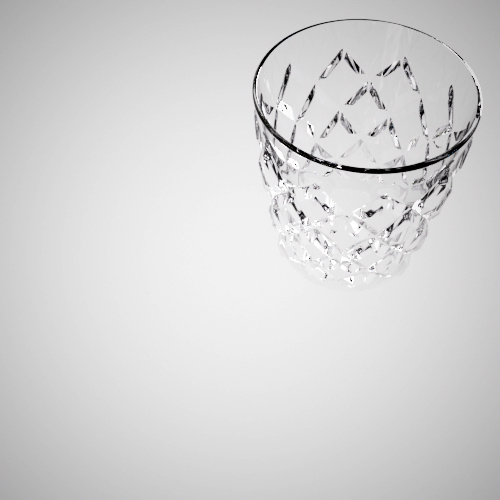 |
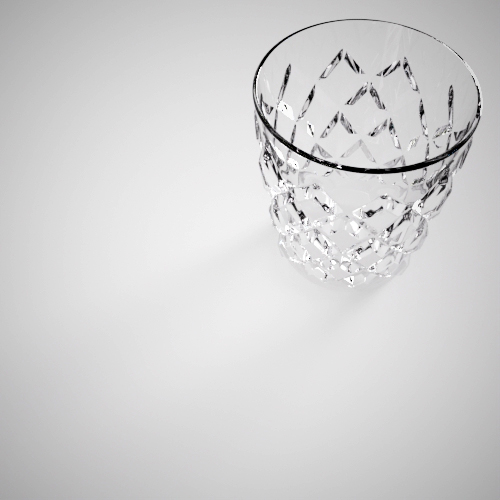 |
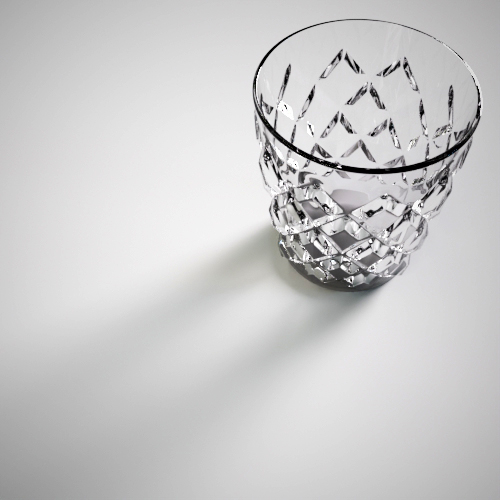 |
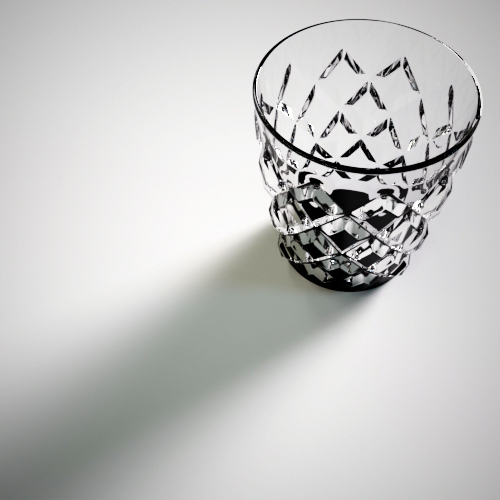 |
| 0 | 0.5 | 0.9 | 1 |
| transmission shadow density = 0 | transmission shadow density = 1 | |
| caustics off | 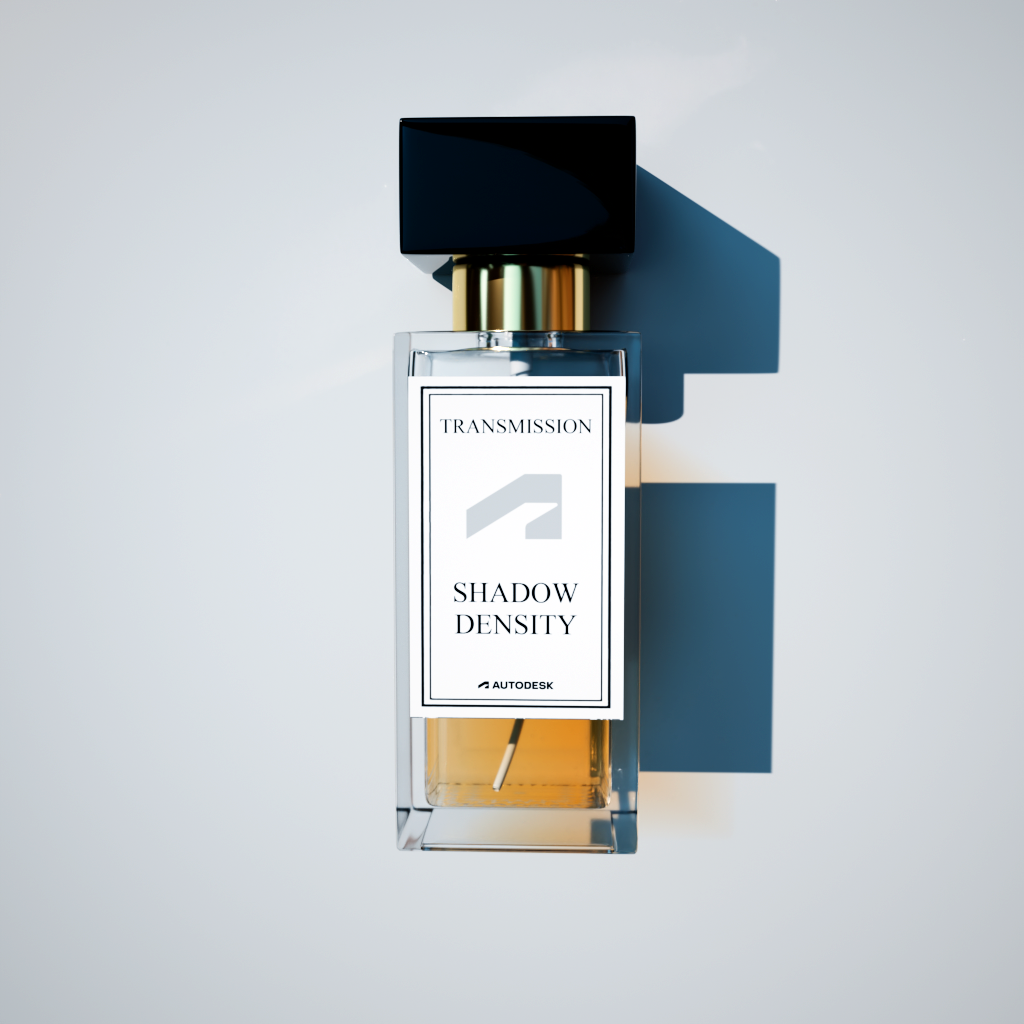 |
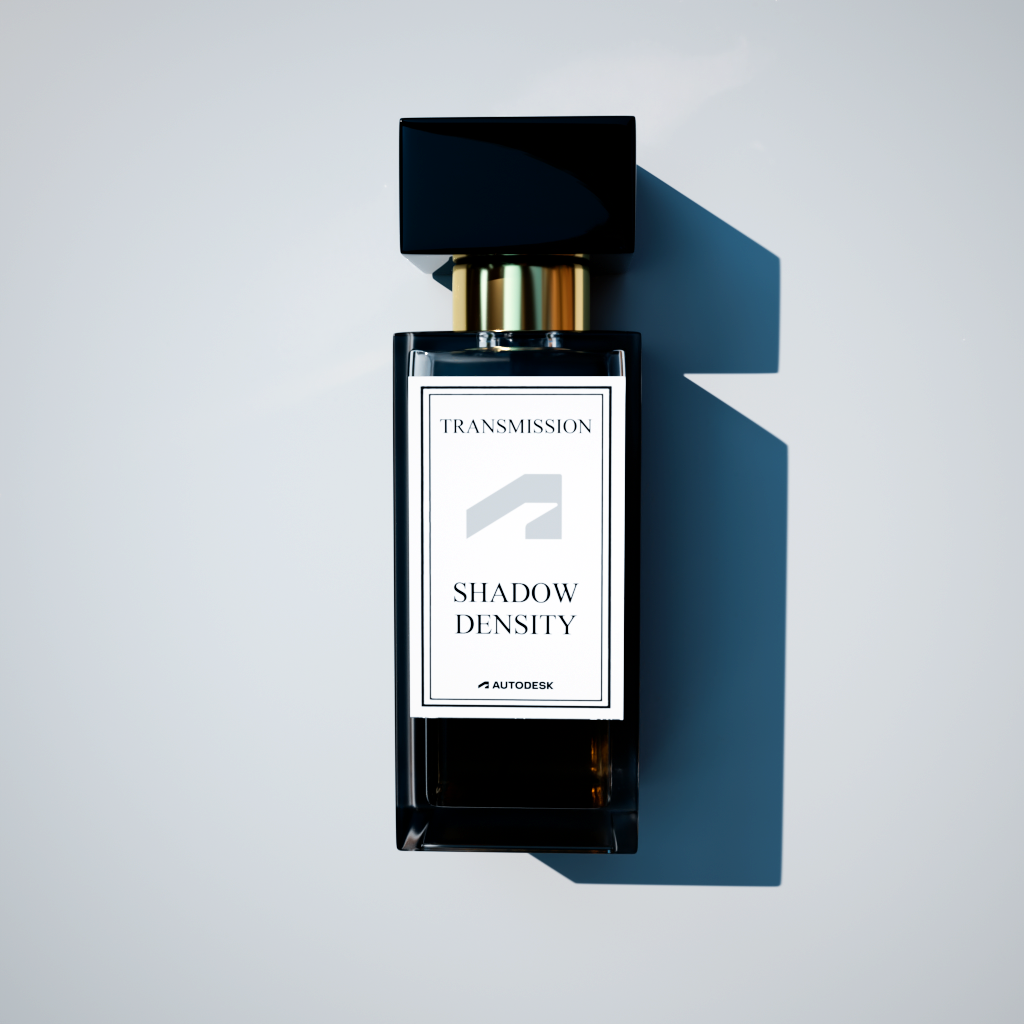 |
| caustics on | 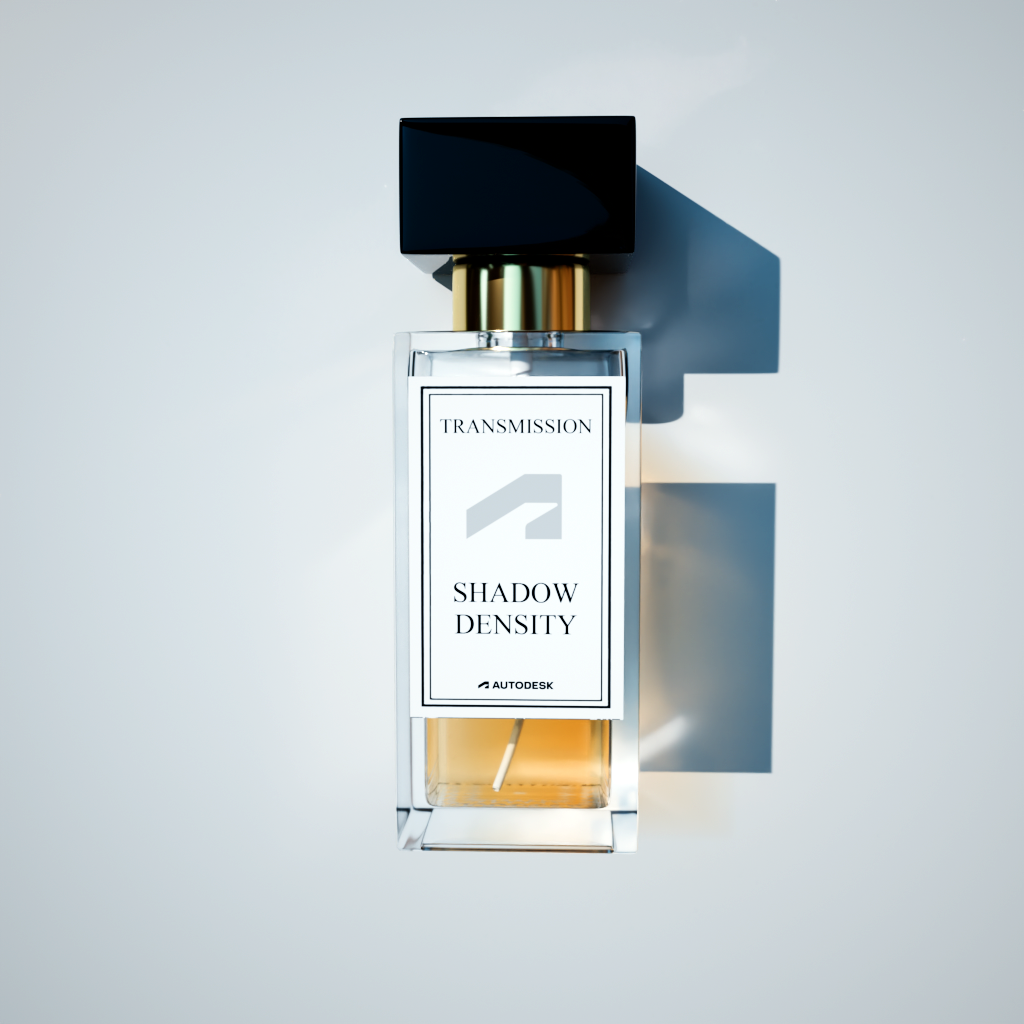 |
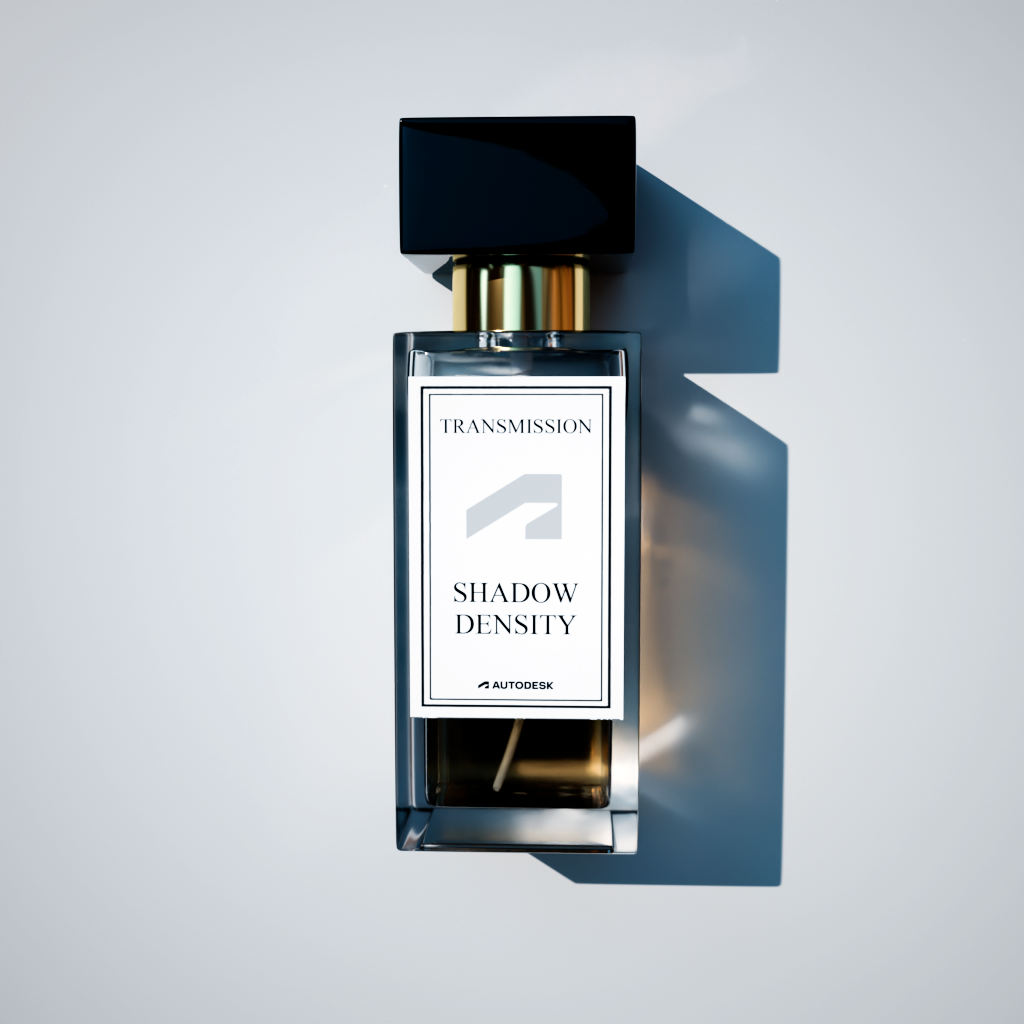 |
- Improved Global Light Sampling (GLS) on glossy materials: GLS now takes material glossiness into account when sampling, which greatly enhances the quality especially when many small lights are present. It causes small slowdowns for fixed AA renders, but for adaptive renders, it brings overall speedups. For example, with adaptive in the robot scene below we achieved 1.7x speedup. This feature can be enabled and disabled using
GLS_glossy_enable. (ARNOLD-15489)
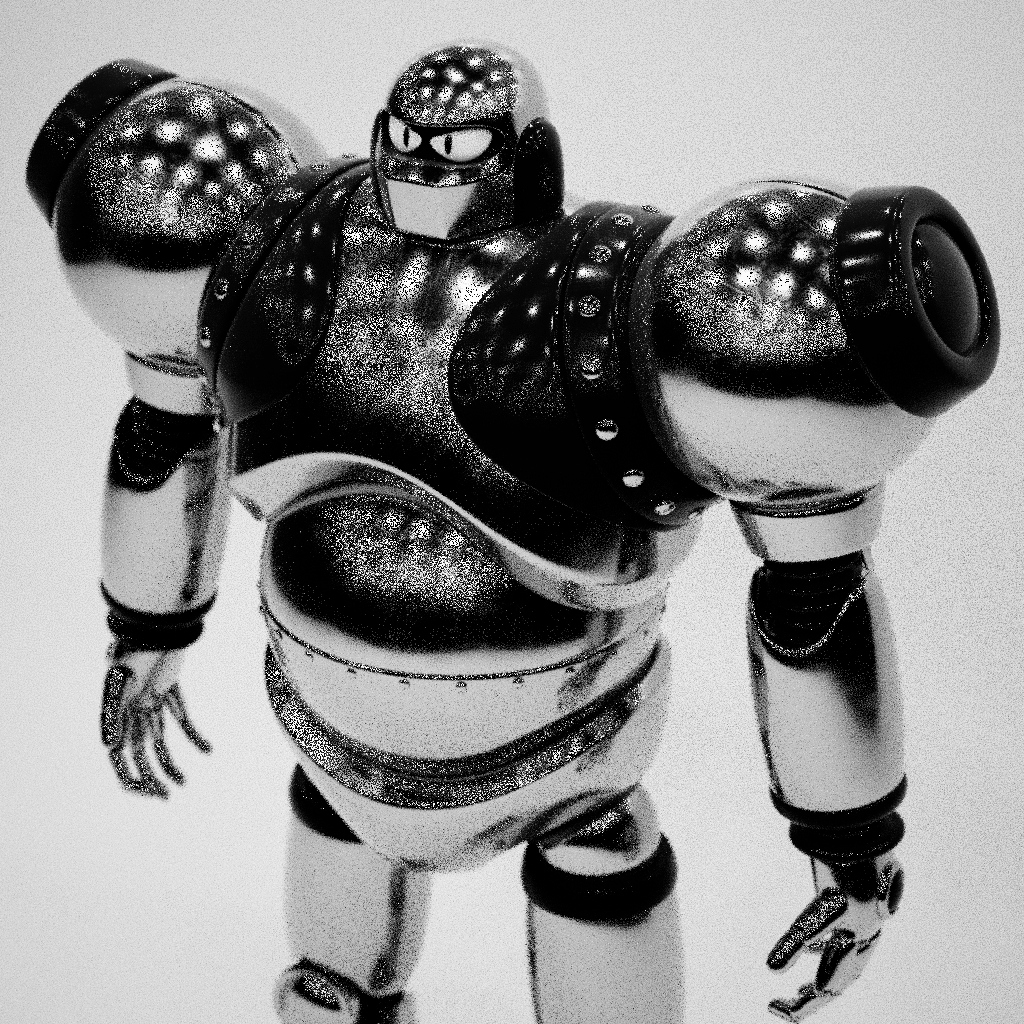 |
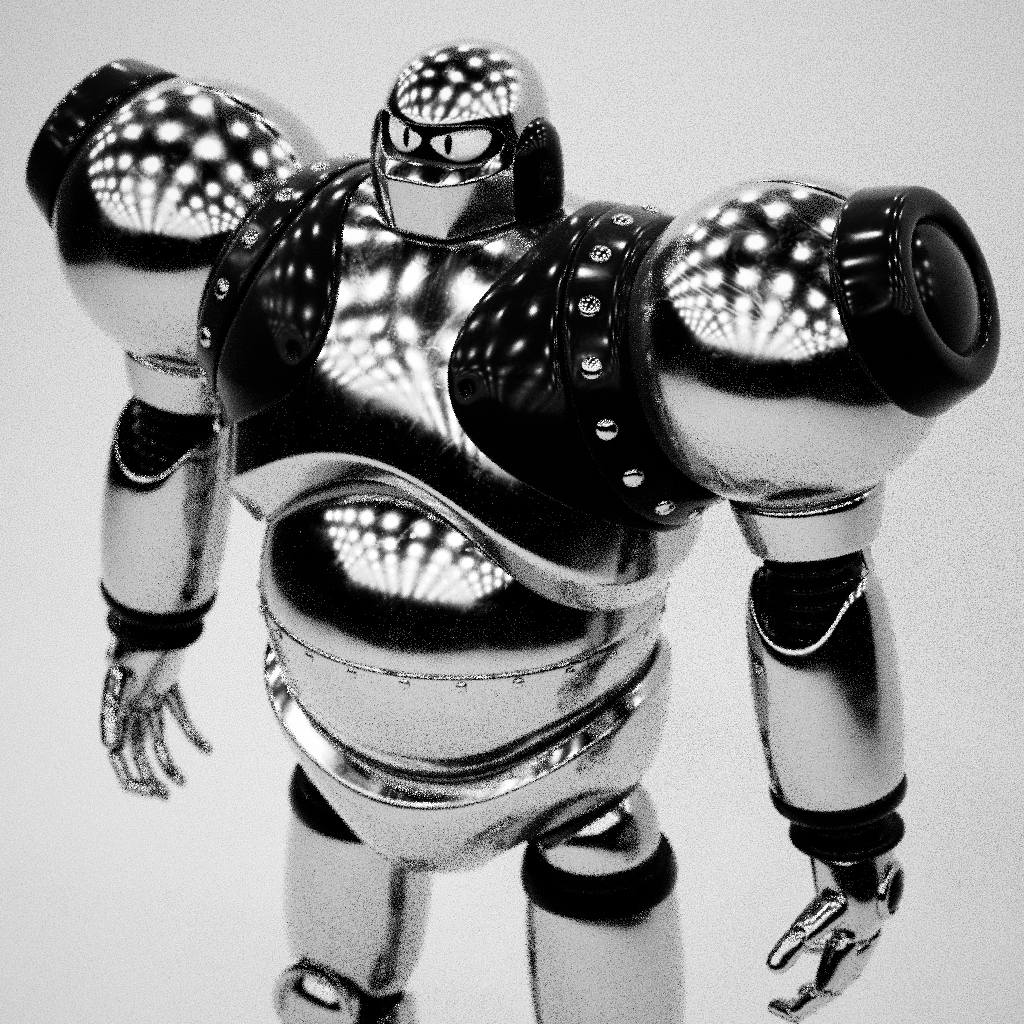 |
| 7.3.5, fixed AA | 7.3.7, fixed AA |
Camera(AA): 2, Specular: 1.
Optimize handling of interactive object visibility changes: Improved detection of visibility changes gives faster scene updates. (ARNOLD-15708)
Control motion keys in alembic: The alembic procedural now has
transform_keysanddeform_keysparameters to control the number of motion keys (samples) for transformation and deformation blur. You can use these parameters to have a lower number of motion samples in the Arnold representation than in the alembic file. The parameters default to 0, which uses the original number of samples in the alembic file. (ARNOLD-15422)OpenVDB Points Rendering: The
pointsnode has new parameters for loading points from a points grid in an OpenVDB file. At a minimum, you must set thefile_nameandfile_gridparameters to load an OpenVDB file. Arnold tries to guess the point attributes for position, radius and velocity, but these attributes from the grid can be specified directly if needed. All other point attributes that reasonably map to Arnold data types are available to shaders as user data. Note that not all Arnold plugins expose thepointsnode. (ARNOLD-15663)OpenVDB Points in Katana Pointcloud Locations: Using the
ArnoldObjectSettingsnode the new parameters for OpenVDB points can be set on apointcloudlocation in the Points and Curves section. The point data will be loaded from an OpenVDB file and rendered. It will not be visible in the viewer in OpenGL mode as of this release, however. (KTOA-1067)Update Autodesk Analytics Program: A newer version of the Autodesk Analytics Program (ADP) has been integrated into Arnold. This brings performance and stability improvements. In particular, instead of waiting for five minutes, ADPClientService.exe now quits as soon as Arnold terminates and ADPClientService finishes its processing. (ARNOLD-15396, ARNOLD-12865)
Update CER: The Customer Error Reporting (CER) library is updated to v7.1.3. (ARNOLD-13834)
Update OpenImageIO: OpenImageIO has been updated to v2.6.3.0. (ARNOLD-13742)
USD Enhancements
- Better Hydra support: Improved compatibility with recent USD versions and Solaris:
- Add more render statistics: The time taken to read the stage is not included in the Arnold render stats. usd#2190
API Additions
Nice name metadata for nodes and parameters - New metadata has been added for setting how a node or parameter name should appear in a UI called ui.name, currently used for openpbr_surface to be named *"OpenPBR Surface"* in LookdevX and MaterialX node definitions. (ARNOLD-15690)
- Shared Arrays - The new API function
AiArrayMakeSharedallows you to share a buffer with Arnold instead of copying it to an allocated Arnold AtArray. The owning application cannot modify or delete a shared buffer. Arnold calls the provided callback function passed to AiArrayMakeShared when Arnold is no longer using the buffer. Here is an example that shows a local buffer containing cube points shared with Arnold.
const AtVector vlist[8] = {{-0.25, -0.25, -0.25}, {0.25, -0.25, -0.25},
{0.25, -0.25, 0.25}, {-0.25, -0.25, 0.25},
{-0.25, 0.25, -0.25}, {0.25, 0.25, -0.25},
{0.25, 0.25, 0.25}, {-0.25, 0.25, 0.25}};
AiNodeSetArray(polymesh, USTR::vlist,
AiArrayMakeShared(8, AI_TYPE_VECTOR, &vlist[0]));Bug Fixes
- KTOA-1070 - Auto-args files generation missing file/asset widget for file parameters
- ARNOLD-7549 - PNG textures with partial alpha render too dark
- ARNOLD-15556 - clip_geo not fully working with instances of procedurals
- ARNOLD-15828 - [GPU] Shadow artifacts with transmission or opacity
- ARNOLD-15901 - Random crash when updating instancers
- usd#2159 - User data errors with deformed meshes and subdivision
- usd#2168 - Updated code calling SamplePrimvar following the changes in USD 24.08 affecting motion blur.
- usd#2187 - Cannot override output image with arnold product types
System Requirements
- Windows 10 or later, with the Visual Studio 2019 redistributable.
- Linux with at least glibc 2.17 and libstdc++ 4.8.5 (gcc 4.8.5). This is equivalent to RHEL 7. For Katana 7.0 and newer, an equivalent of RHEL 8 or newer is required.
- x86-64 CPUs need to support the SSE4.1 instruction set.
- GPU rendering and Optix denoising work on Windows and Linux only, and require an NVIDIA GPU with the Maxwell architecture or later.
- On Linux, we recommend 560.35.03 or higher drivers.
- On Windows, we recommend 560.76 or higher drivers.
- Katana Katana 6.0v1 or newer, Katana 6.5v1 or newer, Katana 7.0v1 or newer, Katana 7.5v1 or newer, or Katana 8.0v1 or newer.
- Intel OIDN GPU support is limited to:
- Windows
- Intel Xe dedicated and integrated GPUs
- NVIDIA GPUs using Turing or newer architectures
- AMD GPUs with RDNA2 (Navi 21 only) and RDNA3 (Navi 3x) architectures
- Windows
